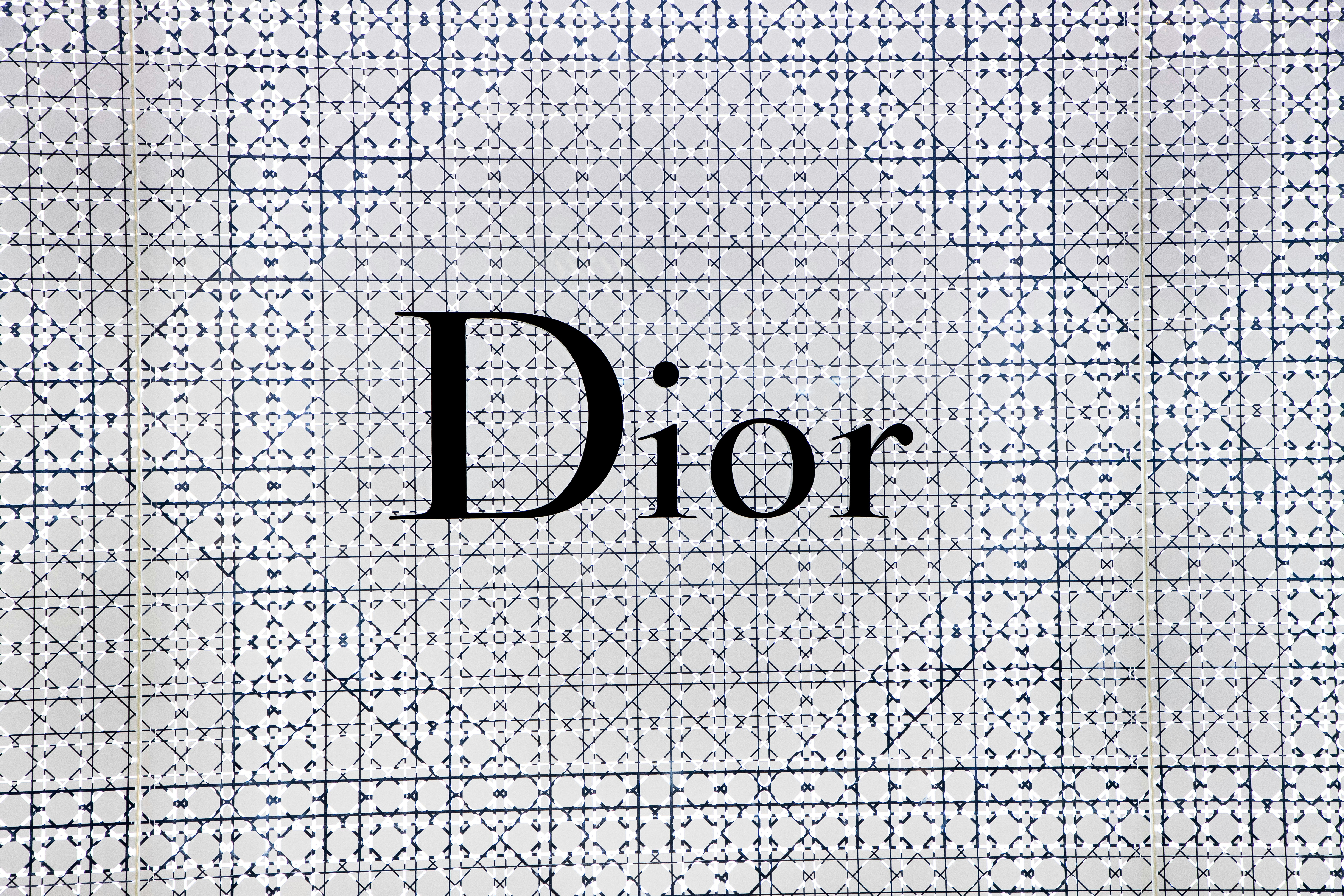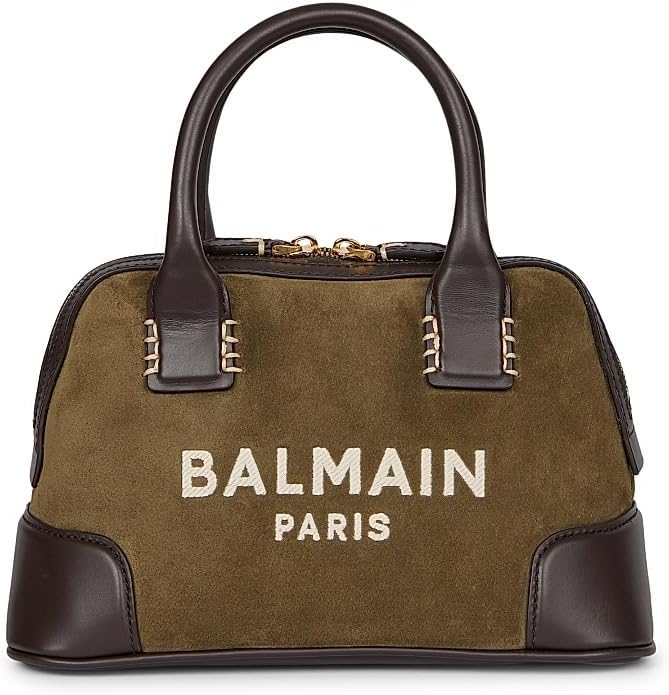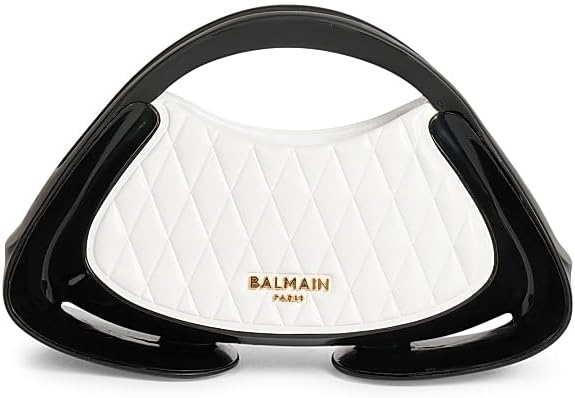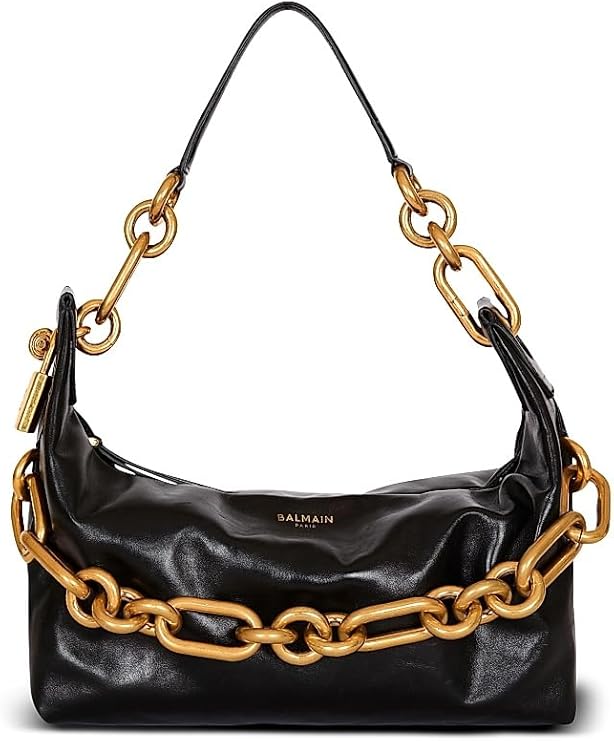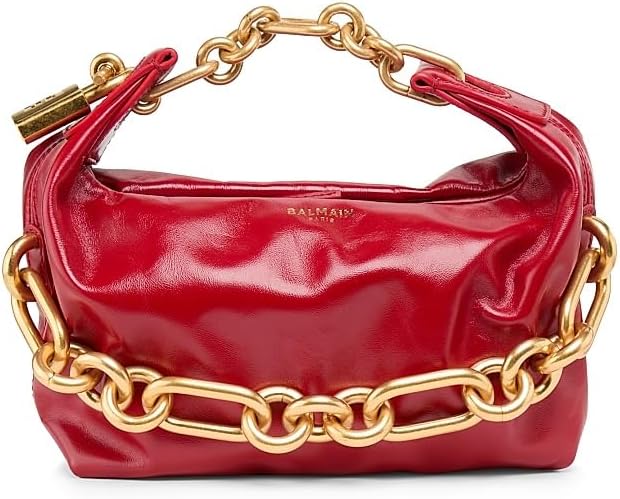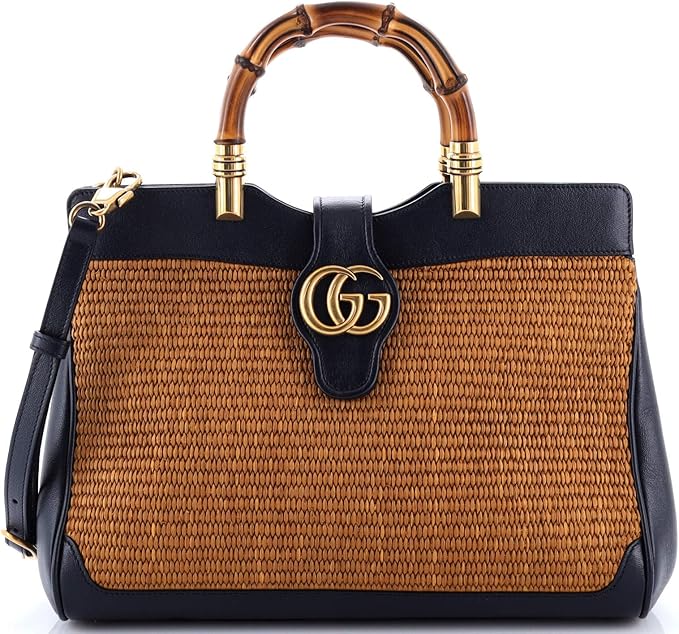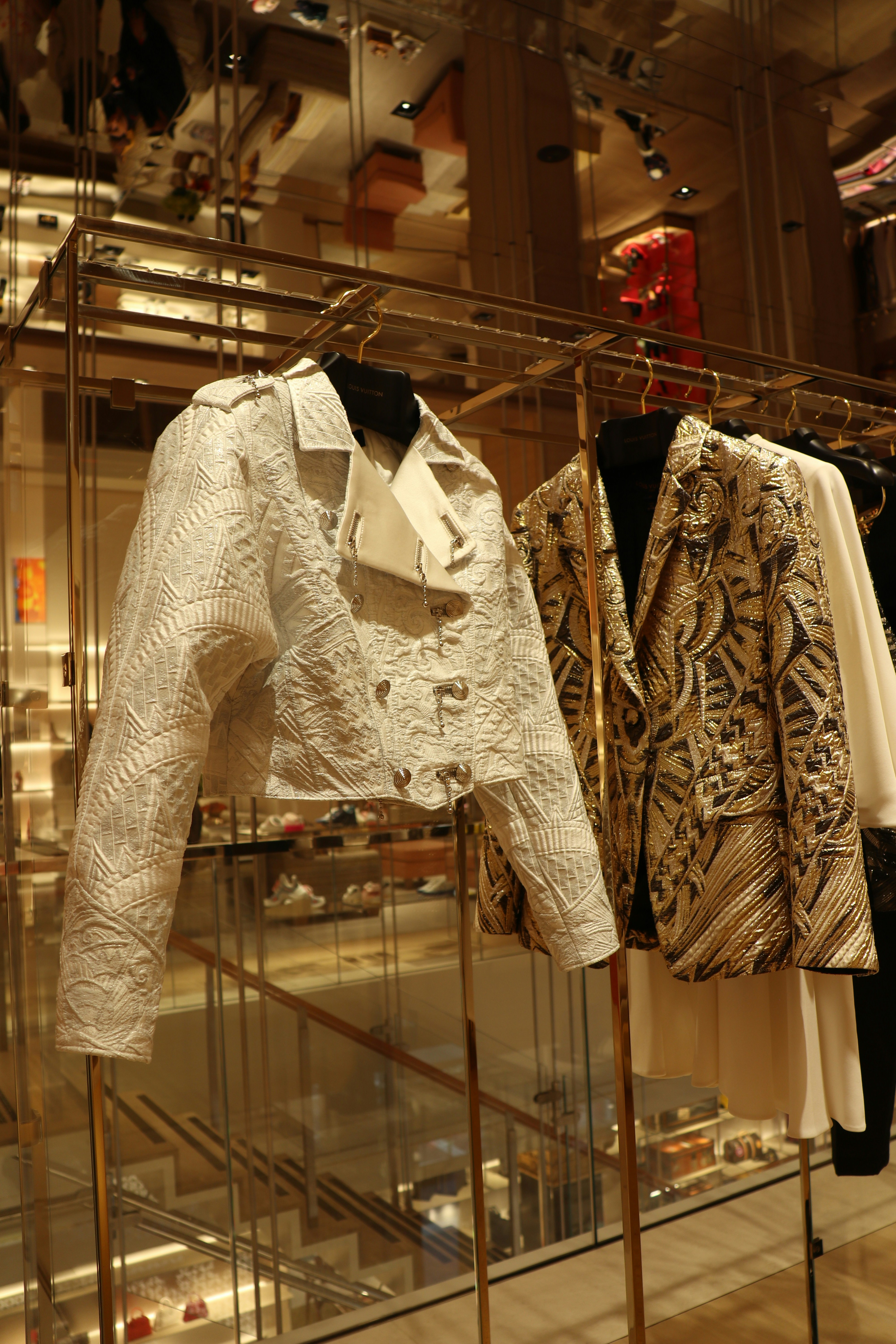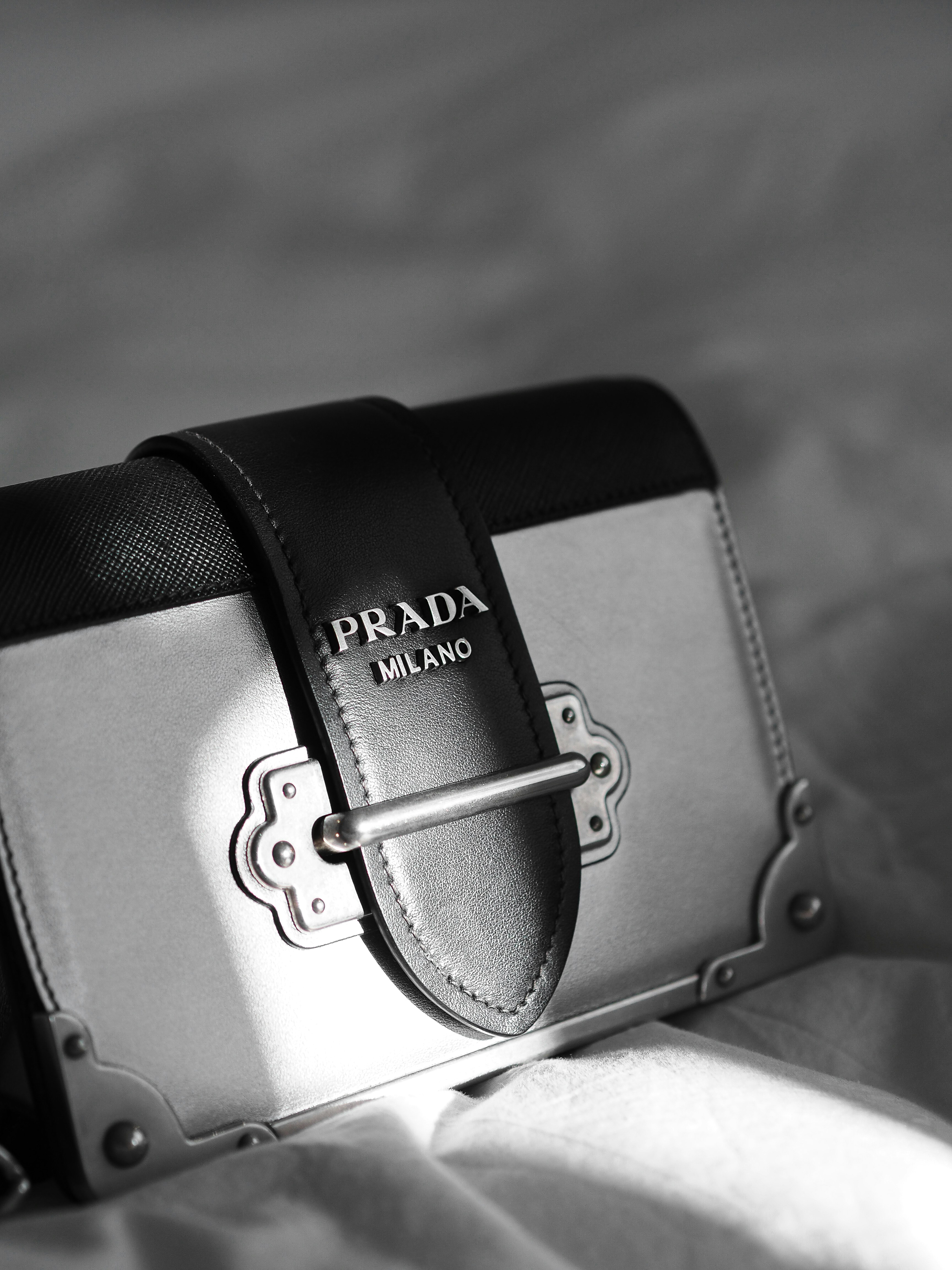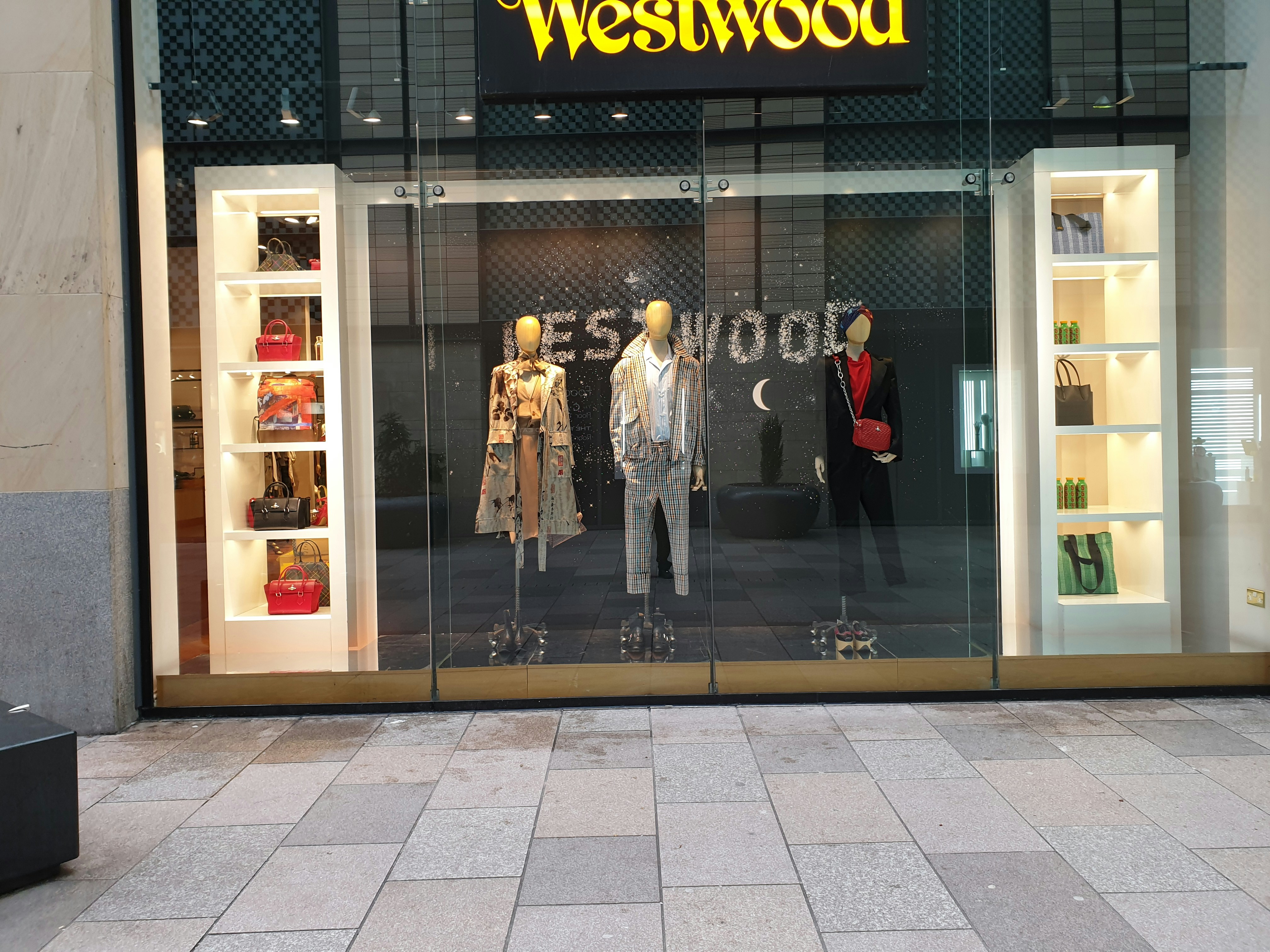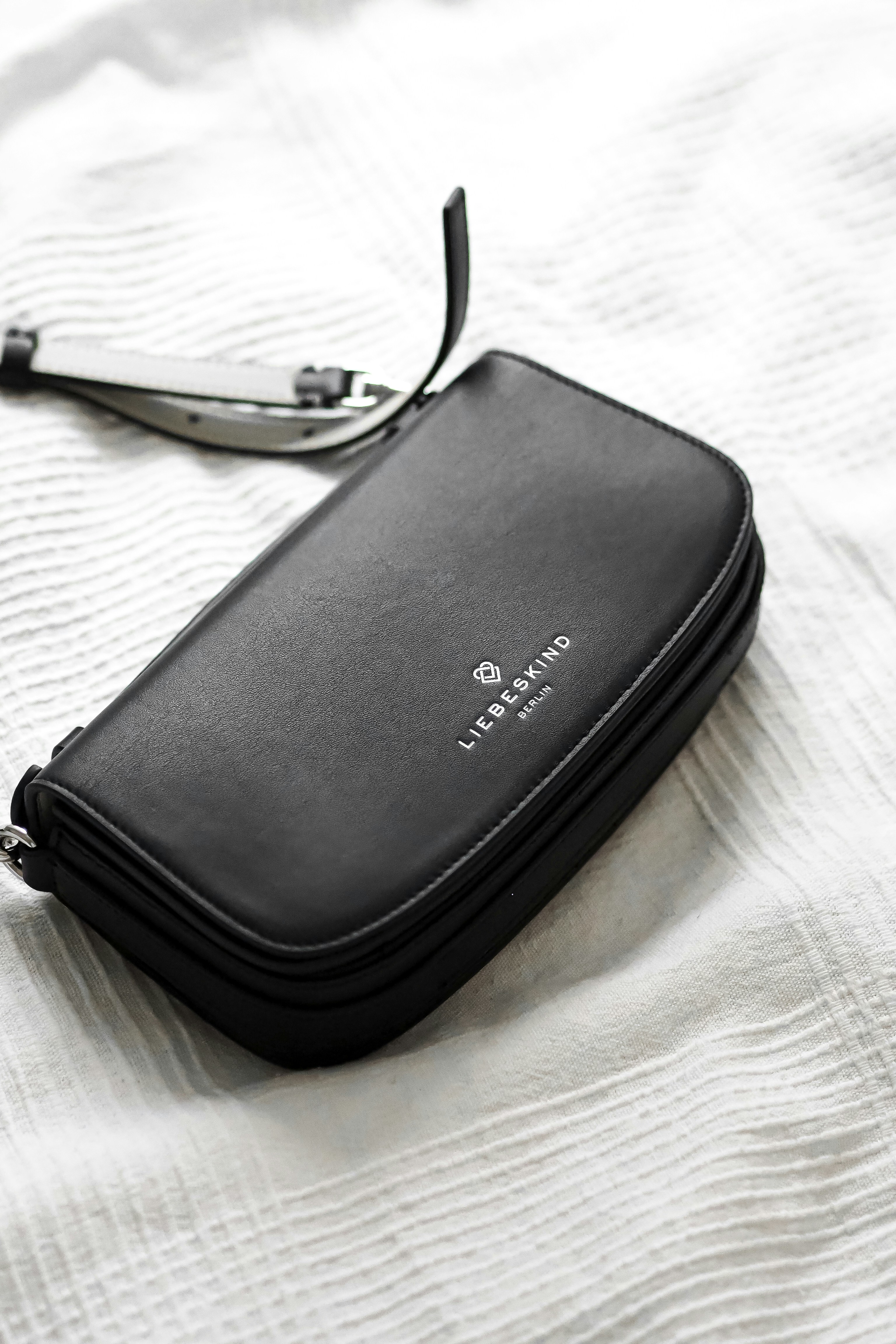The Birth of a Fashion Legend: Dior in 1946
The year 1946 heralded a transformative era in the realm of fashion, marked by the inception of the House of Dior by the visionary designer Christian Dior. Emerging just after the end of World War II, this period was characterized by a yearning for renewal and a departure from the austerity that had defined wartime France. Amidst the ruins and recovery, Dior’s innovative vision aimed to redefine women’s fashion, offering not just clothing, but a statement of elegance and femininity.
Christian Dior recognized the era’s desire for a blossoming of style and a return to luxury. He introduced his collections through a lens that celebrated the female form, contrasting starkly with the boxy silhouettes that had dominated the wartime style. His designs emphasized an exaggerated hourglass figure, replete with soft shoulders, a cinched waist, and voluminous skirts, which came to symbolize a new cultural narrative—one that embraced femininity and sensuality. This stylistic philosophy would become foundational for what the House of Dior would represent in the years to come.
Dior’s collections embodied a sense of opulence, with luxurious fabrics and meticulous detailing. His first collection, famously known as the “New Look,” debuted in 1947 and revolutionized the fashion industry. It was not merely clothing; it was an expression of hope and aesthetic liberation. The world was captivated by this refreshing deviation from the past, and it positioned Dior not only as a designer but as a cultural icon who could encapsulate the spirit of a generation eager to move beyond wartime restrictions.
In establishing the House of Dior, Christian Dior laid down the cornerstone of a legendary fashion brand that would continue to influence styles and trends for decades. His forward-thinking approach and commitment to creating luxurious and imaginative designs allowed the brand to flourish, setting a benchmark that would influence countless designers in the years that followed.
The New Look: Revolutionizing Silhouettes
In 1947, Christian Dior introduced his groundbreaking silhouette known as the “New Look,” which fundamentally transformed the landscape of women’s fashion. This design marked a significant departure from the boxy shapes prevalent during the war years, emphasizing a return to femininity and sophistication. The most striking characteristic of the New Look was its cinched waist, which accentuated the female figure, harmonizing with voluminous, flowing skirts that often reached below the knee or even to the floor.
The New Look’s aesthetic was rooted in luxury and elegance, featuring rich fabrics and meticulous tailoring. Dior’s innovative use of shape and structure challenged the existing norms, offering a distinct silhouette that celebrated curves. The contrast with wartime attire, which generally favored practicality and utilitarian designs, underscored a cultural shift in society’s perception of femininity. Women were no longer confined to styles that masked their shapes; rather, they could embrace their bodies in a way that was both empowering and liberating.
This revolutionary silhouette resonated deeply within the fashion industry, prompting designers worldwide to experiment with similar elements in their collections. The New Look positioned Dior as a pioneer of modern fashion and made an indelible mark on haute couture. It fueled a renewed sense of optimism and glamour, reflecting the societal aspirations of the era as post-war life began to flourish once again.
Furthermore, the New Look played a pivotal role in redefining women’s roles in society. As women began to reassert their identities and public presence, the fashion industry mirrored these changes, creating clothing that represented individuality and self-expression. By championing a silhouette that celebrated femininity, Dior’s New Look not only revolutionized fashion but also contributed to the broader movement of women’s empowerment, making it a significant milestone in the evolution of modern dress.
Couture Innovation: The Bar Jacket and Its Significance
The Bar Jacket, introduced by Christian Dior in 1947 as a part of his revolutionary ‘New Look’ collection, serves as a quintessential example of haute couture innovation that set a new standard in women’s fashion. Designed to accentuate the female silhouette, the Bar Jacket features a fitted, tailored bodice, elegantly nipped waist, and gracefully flared hips. This distinctive silhouette not only emphasized femininity but also symbolized a post-war era that celebrated a return to luxury and sophistication.
The craftsmanship involved in creating the Bar Jacket is nothing short of extraordinary. Each piece is meticulously handcrafted, showcasing the expert skills of Dior’s atelier. The use of luxurious fabrics, such as silk and wool, adds to the garment’s opulent feel, while intricate techniques like padding and boning ensure a perfect fit. The attention to detail is evident in every stitch, reflecting Dior’s commitment to excellence in couture. This dedication to quality not only defined the House of Dior but also set a benchmark for future fashion houses.
The significance of the Bar Jacket extends beyond its immediate visual appeal. It had a profound influence on subsequent fashion trends by inspiring designers to explore structured silhouettes and luxurious materials. The jacket’s bold statement challenged conventional ideas about women’s fashion, encouraging a shift towards tailored designs that celebrated the woman’s form. As a lasting legacy, the Bar Jacket continues to be referenced in contemporary fashion, signifying the timelessness of Dior’s design philosophy.
Through the Bar Jacket, Christian Dior not only redefined post-war fashion but also established a sense of elegance and sophistication that remains relevant in modern couture. The enduring impact of this iconic piece is a testament to its place in fashion history, solidifying Dior’s role as a pioneer of style and luxury.
Dior within LVMH: The Evolution of a Fashion Powerhouse
Christian Dior, established in the aftermath of World War II, quickly became synonymous with haute couture and luxury. By 1984, Dior’s trajectory entered a new phase when it became part of LVMH Moët Hennessy Louis Vuitton, a conglomerate known for its diverse portfolio of luxury brands. This strategic partnership marked a significant evolution in Dior’s operations, allowing it to harness the vast resources of LVMH while retaining its creative independence.
The allocation of strategic resources by LVMH has propelled Dior to new heights within the competitive fashion landscape. Through this collaboration, the brand has expanded its product range beyond clothing, incorporating accessories, fragrances, and cosmetics. This diversification has not only bolstered Dior’s market presence but has also contributed to its financial stability, allowing the brand to undertake innovative projects without compromising its heritage.
One of the most noteworthy impacts of Dior’s integration into LVMH is the infusion of business acumen into the fashion house. By leveraging LVMH’s extensive distribution network and marketing expertise, Dior has effectively reached wider audiences without diluting its brand identity. This careful balance between heritage and modernity has enabled Dior to innovate while celebrating its storied past. Initiatives such as collaborations with contemporary artists and the incorporation of sustainable practices in production reflect a forward-thinking approach that resonates with today’s consumers.
Furthermore, Dior’s continued emphasis on craftsmanship and quality remains unwavering, ensuring that it retains its status as a leader in luxury fashion. The synergy between Dior and LVMH exemplifies how tradition and innovation can coexist harmoniously, allowing the fashion house to thrive in an ever-evolving market. Dior stands as a testament to the power of strategic partnerships in enhancing brand legacy while adapting to new consumer demands.

